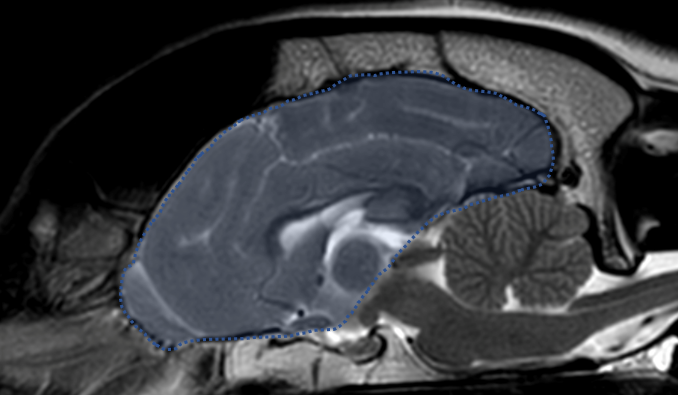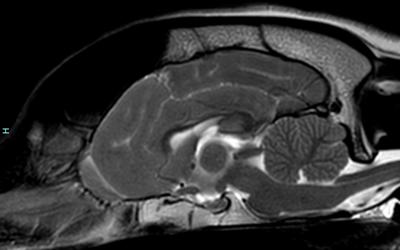What is Epilepsy?
Epilepsy is a neurological disorder of the forebrain characterised by recurrent, unprovoked seizures. Seizures are an external manifestation of abnormal electrical activity within the brain. It can affect both dogs and cats.
What Causes Seizures?
Seizures are a symptom, not a disease, and can be triggered by a wide range of underlying conditions.
Animals aged between 6-months to 6-years of age, with normal behaviour between seizures, normal blood tests and normal neurological examination are most likely suffering from idiopathic epilepsy. Outside of this age range, abnormal behaviours between seizures, abnormal blood tests or deficits on neurological examination would make a diagnosis of epilepsy less likely.
How is Epilepsy Diagnosed?
Diagnosing epilepsy in dogs involves a structured approach to rule out other causes of seizures such as structural brain disease or metabolic abnormalities. The International Veterinary Epilepsy Task Force (IVETF) has developed a Tier I–III confidence level system to guide diagnosing idiopathic epilepsy.
Tier I Confidence Level
Tier I Confidence Level
This is the minimum diagnostic standard for a presumptive diagnosis of idiopathic epilepsy. It includes:
- A history of two or more unprovoked seizures occurring at least 24 hours apart.
- Onset of seizures between 6 months and 6 years of age.
- A normal physical and neurological examination between seizures (interictally).
- Normal routine blood tests (complete blood count, serum biochemistry, and urinalysis) to exclude metabolic causes.
Tier II Confidence Level
Tier II Confidence Level
This level incorporates more advanced investigations to increase diagnostic certainty:
- Normal Fasting and post-prandial bile acid tests to assess liver function.
- Normal Magnetic Resonance Imaging (MRI) of the brain to rule out structural abnormalities.
- Normal Cerebrospinal fluid (CSF) analysis to exclude inflammatory or infectious diseases.
Tier III Confidence Level
Tier III Confidence Level
This is the highest level of diagnostic confidence and includes:
- All Tier I and II investigations.
- Electroencephalography (EEG) to detect abnormal electrical activity in the brain consistent with epilepsy.








